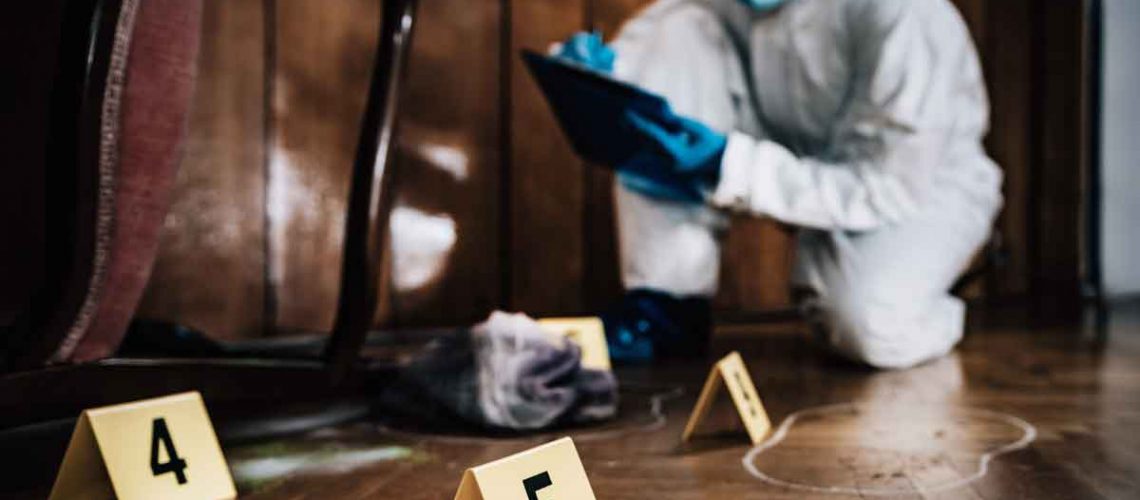Since I first started practicing law back in 1993, the process of collecting evidence for cases underwent a seismic change. Moving my career from litigator to CEO of Cogent Legal has allowed me to be in a very unique position of not only seeing the change, but also being a part of it. A major aspect of regular conversations I have with attorneys includes the topic of how to strengthen and present their case, with the most ideal outcome in mind, using cutting-edge technologies that have evolved into today’s litigation environment.
These discussions are often in three parts: (1) Attorneys are not aware of what current technology allows in the evidence gathering field; (2) they don’t know what to do with all of the digital evidence that may be available to them; and (3) they don’t know what to ask for in discovery or how to make sure they get what they asked for as to further their case.
The purpose of this post will be to summarize the current state of technology (at least as of 2020), and explain what technology is out there and what can be done with it by attorneys looking to build their case. This post will be part of a series, where each post will focus on a modern evidence gathering technique, with the first post featuring one of the most prevalent forms of evidence collected: Photography.
Part One:
Photography
When I first started practicing, photographs of an accident were few and far between. Since photography was still done on film, and basically no one regularly carried large SLR cameras around with them, the chances of obtaining actual photographs of an accident were quite rare.
Today, by contrast, everyone carries a high-resolution digital camera (their smart phone), ready to take as many photos as they like, at a moment’s notice. This advancement in consumer electronics has obviously changed greatly over the last 20-30 years, but it also points to the bigger shifts taking place within evidence gathering and litigation discovery.
The modern digital imagery
Today, we are often presented with digital imagery from almost every step of a serious case. I use the term “digital imagery” when referring to both “still” images and “live motion” video, taken by a digital recording device, since they are essentially the same.
First off, people involved in an accident are likely to take contemporaneous digital imagery. Next, responding investigators such as the police, OSHA or others will capture a great deal more digital imagery. Finally, the experts of all sides of the case will likely capture 100s, if not 1000s more instances of digital imagery. Having gone from basically no photos to 1000s during the evidence collection process and discovery, now raises some significant issues:
- How does one manage all of this digital imagery?
- Once you understand what the breadth of your evidence is, what should you do with all of it?
Here are my tips on dealing with digital imagery:
01. Don’t Assume You Have “All” the Digital Imagery
This is the most important point. When you know you have 100s if not 1000s of photos, you might not bother to take a comprehensive look for any outlying evidence. This casual approach can be a huge mistake. For example, within a personal injury case, there is no better evidence than a photo or video of the incident actually occurring; and within a stockpile of digital evidence, thought to be the sum total of “All” available evidence, this smoking gun may be the precise digital images/video you are missing.
If your case occurs in a city, you are almost guaranteed that video surveillance cameras captured some or all of your accident. An inspection of the scene by someone to look for cameras in the area is the easiest way to identifying any cameras might have recorded the incident. Also remember that ATM machines have video, and if pointed toward a street, might be a source to check as well. If you find such a camera, first ask the business or individual if they will voluntarily provide the video. If they will not, simply send a letter telling them the video is potential evidence in a case and ask it to be preserved and protected from destruction. You can then follow up with a subpoena at a later date. Failure to do this quickly can easily result in the loss of potential case determinative information.

Video surveillance footage
02. Understanding the Basics of Metadata for Digital Imagery

Metadata information from a photo taken with a Sony camera
You may ask, why should I care about any of this data? Acquiring such information can be potentially critical, especially depending on your cases’ scenarios. For example, knowing what types of lenses were used to create specific digital images and/or videos, could be crucial in determining what you are viewing within such digital imagery. A wide-angle lens will make things in the background look much farther away, while a zoom lens will make these same objects or people appear much closer. If you need to reconstruct the scene from photographs, take note whether or not your scene has changed in any substantial ways since the time of the incident. Such differences could mean that recreating the scene and events that took place, through the use of digital imagery (including moments that occurred prior, during and/or post the time of your incident) may be dependent on whether you can definitively understand how and with what device(s) your digital imagery was captured. This metadata could be imperative to reverse-engineer how, what, where and why such event(s) occurred.
Secondly, the date and time information is often extremely important. We quite often see cases where the precise time a photograph was taken could be one of the most crucial facts within any given case. For example, we recently worked on the Tubbs Fire litigation, in part, identifying precisely where each photograph/video was taken. Concurrent to this effort, we also paired these locations with exact time information acquired through witness testimony and/or through embedded metadata. This combination of time and place was key to establish the actual sequence of events, leading up to and through the progression of the fire.
But remember, you cannot use what you do not have! When you first start discovery on a case, you may well have no idea what will be important until later in the case. However, if you do not ask for digital imagery properly in discovery, you will not have the metadata that could be critical later on. For that reason, when you make a discovery request for digital imagery, always ask for the original electronic images/video with all metadata intact. Never accept a PDF with the images, or worse, a color paper copy of the photographs instead of the originals. In addition to losing the metadata of an image, the resolution of such images could be extremely low, preventing its use for other purposes within litigation, such as using the photo within photogrammetry programs to place that photograph precisely into a 3D model. Or more simply, it may not be possible to zoom into a copy of the photograph to look for items not readily apparent. This in part is why “original electronic images/video with all metadata intact” is so important.
In the next post within this series, we’ll examine different techniques for uses of digital imagery within litigation.
Cogent makes it easy.
Laser scans and drones have replaced the measuring tape of yesterday. Understanding the power and limitations of this changing technology is a key aspect of modern litigation. We are able to create accurately scaled diagrams, such as floor plans, accident reconstructions, maps, and so on, directly from 3D data collected by our team. We work with you and your experts to build 3D models that allow audiences to connect with your case’s details from any angle, helping everyone get on the same page and develop the most effective arguments. Call Cogent Legal today and make sure your case is handled the right way—from the very start.


